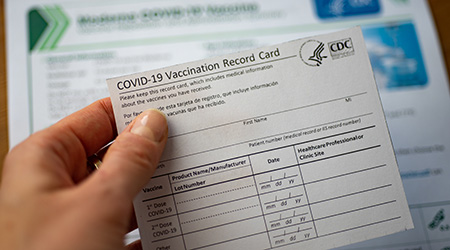The Omicron variant of COVID-19 has spread rapidly across the United States this holiday season. So far, more than 400,000 cases have been confirmed in the country – double the number from the previous week.
Hospitalizations are up 31 percent from the previous week, and deaths have increased 37 percent, according to The Washington Post. This means roughly 1,500 of Americans are dying from the virus each day.
In response, the U.S. Centers for Disease Control and Prevention (CDC)recently released updated guidance for isolation and quarantine for healthcare workers, decreasing their isolation time after being infected with COVID-19. The agency also released an update to guidance for contingency and crisis management in the setting of significant healthcare worker shortages. These updates provide healthcare facilities with strategies to limit the effects of staff shortages caused by COVID-19 on patient care and noted that:
- Healthcare workers diagnosed with COVID-19 who are asymptomatic can return after seven days with a negative test, and that isolation can be cut further if there are staffing shortages.
- Healthcare workers who have received all recommended COVID-19 vaccine doses, including a booster, do not need to quarantine at home following high-risk exposures.
“As the healthcare community prepares for an anticipated surge in patients due to Omicron, CDC is updating our recommendations to reflect what we know about infection and exposure in the context of vaccination and booster doses,” says Rochelle Walensky, CDC director. “Our goal is to keep healthcare personnel and patients safe, and to address and prevent undue burden on our healthcare facilities. Our priority, remains prevention, and I strongly encourage all healthcare personnel to get vaccinated and boosted.”

 How Efficiency Checklists Help Hospitals Save Energy, Water and Money
How Efficiency Checklists Help Hospitals Save Energy, Water and Money Designing with Heart: Seen Health Center Blends Cultural Warmth and Clinical Care
Designing with Heart: Seen Health Center Blends Cultural Warmth and Clinical Care Rutgers Health and University Hospital Breaks Ground on Campus Expansion
Rutgers Health and University Hospital Breaks Ground on Campus Expansion What to Consider When Modernizing Healthcare Facilities
What to Consider When Modernizing Healthcare Facilities Corewell Health Beaumont Troy Hospital to Build New Tower
Corewell Health Beaumont Troy Hospital to Build New Tower